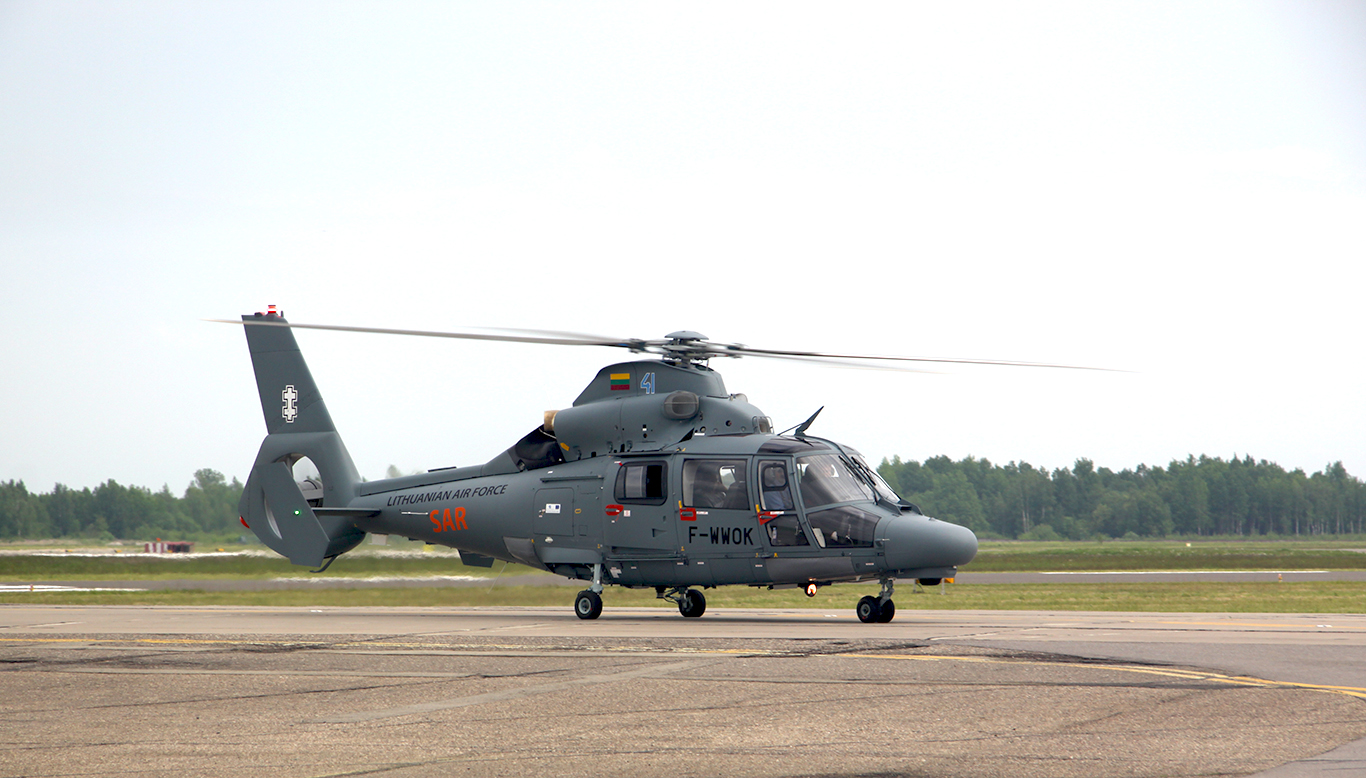When the economy collapses: joint defense spending as a way to raise the defense of Baltic States
14.08.2009
Probably, the inhabitants of the Baltic countries from the recent economic boom have some memories. However, only a few years ago the tiny former Soviet republics of Estonia, Latvia and Lithuania have developed the European rate, and they were called 'Baltic tiger'. However, once in 2007, their growth has reached peak, the situation has deteriorated to such an extent that today the economy of the Baltic region is in a state of free fall.
The region suffered particularly severely from the global recession. GDP growth is measured double digits, at once went to negative. For example, in 2006, Estonian GDP grew by 11.8 per cent and this year is expected to decrease by as much as 13 percent. GDP growth in Latvia in 2005-2007. an average of more than 10 per cent. Meanwhile, in the second quarter of 2009, it declined by 19.6 percent. In January-left government of former Prime Minister Ivar Godmanis was forced to resign as a result of unrest in the capital Riga. Meanwhile, in Lithuania, only a few years ago, considered as a candidate for accession to the eurozone in 2009 is expected to decline in GDP for killing 19 per cent.
Economic hardships struck the Baltic countries at a time when the state, representing the greatest threat to their territorial integrity and sovereignty, to re-demonstrate the effect in the region. Baltic States have embraced last year's war in Georgia as the bared teeth of the Russian military machine. In recent years, each of them felt the touch of 'emerging' Russia. In September 2005, crashed in Lithuania, the Russian Su-27, then were 'cyber-attacks' on Estonian government servers, allegedly organized by the Kremlin in response to the transfer of the monument to Red Army soldier from the capital Tallinn, and the construction of the Russian-German gas pipeline beneath the Baltic Sea, bypassing their territory.
Baltic States painfully perceived Kremlin statements that Moscow would 'protect' all ethnic Russians (or the holders of Russian passports) living outside the country. After many years spent under the domination of Russia - first the tsarist empire, and then the Soviet Union - in all three countries, a large Russian minority. Therefore, Moscow's decision is evaluated as a direct threat. However, if the three countries have consistently expressed concern about the conduct of the Kremlin in recent years, their European Union partners, seeking to maintain positive relations with Moscow and Europe to provide access to Russian energy resources, often characterize their fears as paranoid.
For the Baltic states, each of which, after re-gaining its independence from East to West, the inability or unwillingness of many European partners to see Russia in the same light, remains a cause for concern. Three countries that have established in Western structures, through membership in the EU and NATO might think now that, whether the lightning-like attack Russian armored armada of more than a statement of concern to Brussels. Of course, such a scenario remains unlikely, and, whatever their concerns, the airspace of the Baltic States are currently protected by a few squadrons of fighters, in turn provided by Member States of NATO.
The fundamental problem for each of the Baltic States is the lack of sufficient capital to improving the defense capabilities through the acquisition of modern military equipment. As the Member States of NATO, they must spend on defense is not less than two percent of GDP a year. However, after the entry into NATO in 2004, none of these countries have not reached this level of investment in defense. The Defense Minister of Lithuania Rasa Yuknyavichene (Rasa Jukneviciene) notes that military spending in Lithuania in 2009 is about 1,01-1,03 per cent of projected GDP. The three countries together spent in 2008 for its armed forces to just over 1.5 billion dollars this year, each of them was forced to cut defense spending in relation to the recession.
Such a low level of spending makes it difficult to purchase weapons systems and ground-based air, hindering the maintenance of normal post-acquisition. In general, the Baltic countries, which, in fact, had to build its armed forces from scratch after the withdrawal of Russian troops from the region in 1994, is seeking the means to defend itself. Anxiety in this regard has been less acute in the late 1990's, when Russian authorities have focused on the revival of battered country, but now it is once again led the agenda. An even more complicated situation is that in the last ten years, each of the Baltic States has seen its role in the creation of smaller, flexible forces that can play a niche role in NATO operations and to confront asymmetric threats. Although the role of territorial defense highlights of this day, it was seen as secondary, and membership in NATO, at least theoretically, was to liberate them from this burden.
However, in light of the war in Georgia, the willingness of NATO to defend small countries on the periphery of Russia seems less obvious. Even the famous NATO's mission for the Protection of the Baltic air space of countries must come to an end. Calculated initially until 2018, it is likely to last at least until 2020 due to economic shocks faced by all three states.
The Alliance is still convinced that the Baltic States should buy combat aircraft, to independently conduct air patrols. Because they do not have sufficient financial resources for such purchases, they have almost no choice but to pool their resources and jointly acquire 12 to 24 combat aircraft. However, before such a purchase, it may take more than one year since these countries are still far from out of the recession.
In the absence of other options for sharing the cost of defense is for the Baltic countries, the best option to increase defense capabilities in the face of Russia, the firm intention to build influence in its former possessions. Mechanisms for cooperation among the three countries in the sphere of defense already in place: it is a joint Baltic naval squadron (BALTRON) and Baltic regional network of air monitoring (BALTNET). In addition, three countries have formed a joint Baltic battalion (BALTBAT) numbering 840 persons, which in the first half of 2010, will operate as part of a NATO Response Force (NATO Response Force). But the move must be achieved in the field of joint procurement.
Obviously, the economic crisis has put the three Baltic States to the serious challenges. However, if seen as a chance and add to the political support from all three capitals, the Baltic region could be more strong and united in the defense than it has ever been since independence in 1991
/ Darling, Daniel (Daniel Darling), "The Faster Times", United States /
Права на данный материал принадлежат ИноСМИ







